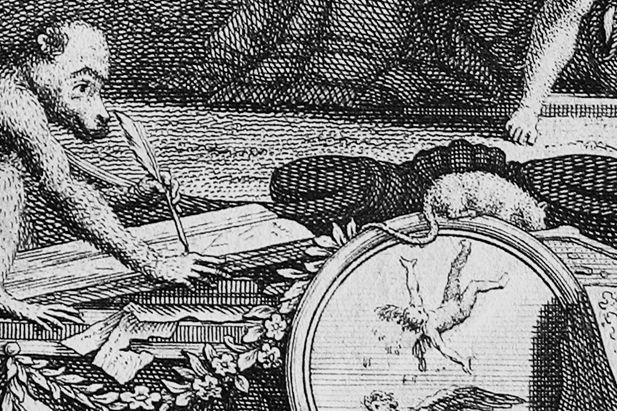



| |
The Amsterdam Loan and Banking Crisis of 1763   
On February 10, 1763, the Treaty of Hubertusburg (in Germany) was signed, marking the end of the Seven Years' War, a war from 1756 to 1763 that involved all of the major European powers of the period. This treaty ended the war with no significant changes in borders.
In these years Amsterdam banking firms made large profits with money trades and loans to other European banks, who lent the money to their governments that needed the money for the war efforts. To cover the loans large quatities of goods were sent to Amsterdam. But in 1763, because of the end of the war, the abnormal high war prices plummeted, commodity and goods lost their value rapidly. More than 30 banking and trade firms went bankrupt, with an estimated debt of 20 million Dutch guilders.
The picture below is an antique etching made in 1763 with the title "The bankrupcies of Amsterdam in the Year 1763."

"Amsterdam Trade", depicted with the shield with the triple x Amsterdam symbol (xxx), money sack and the "caduceus", the staff of the two snakes, symbol of the trade and business god Mercury/ Hermes, is oppressed and tortured by the Ladies "Vanity" and "Luxury". Also in the shade Lady "Deception" with a mask, patiently waiting for her next victim.
In the background the Amsterdam Stock Exchange and a dark clouded sky and a desperate god of the "Amsterdam River IJ" leaning on his water pitcher.
In the foreground a monkey ape doing the accounting books finances, rats coming out of the treasure chest (treasury) and unpaid bills (in Dutch: "onbetaalde rekeningen"). On the medaillons a falling Phaethon and Icarus.
| |
|















